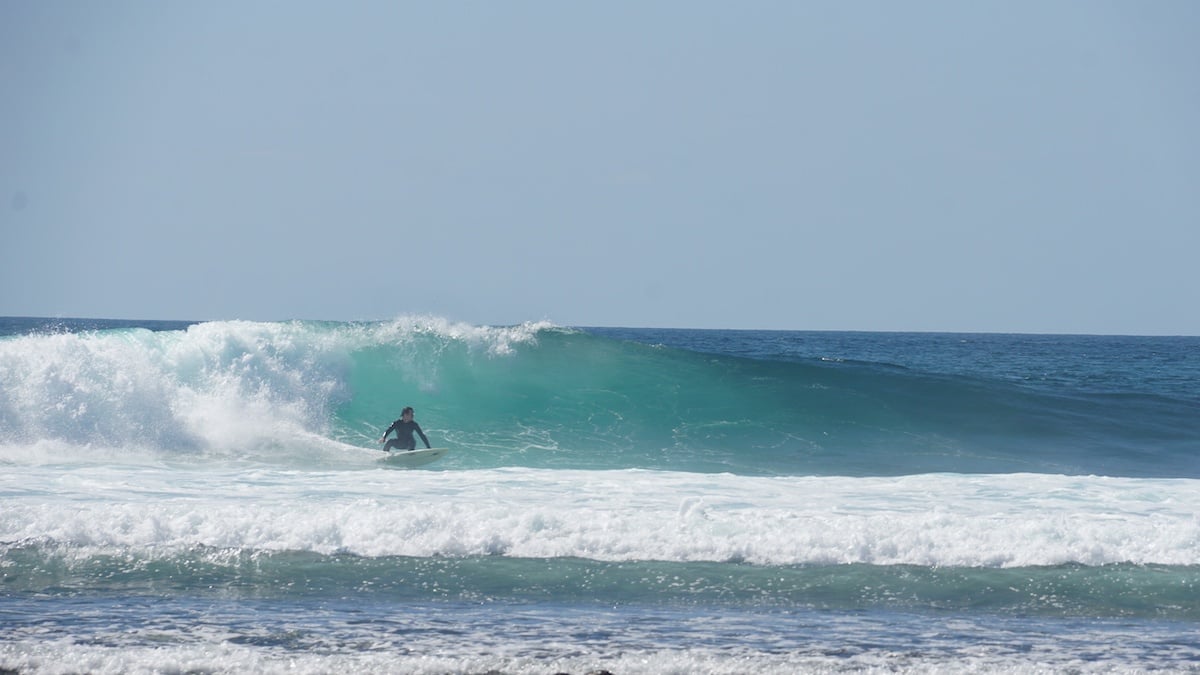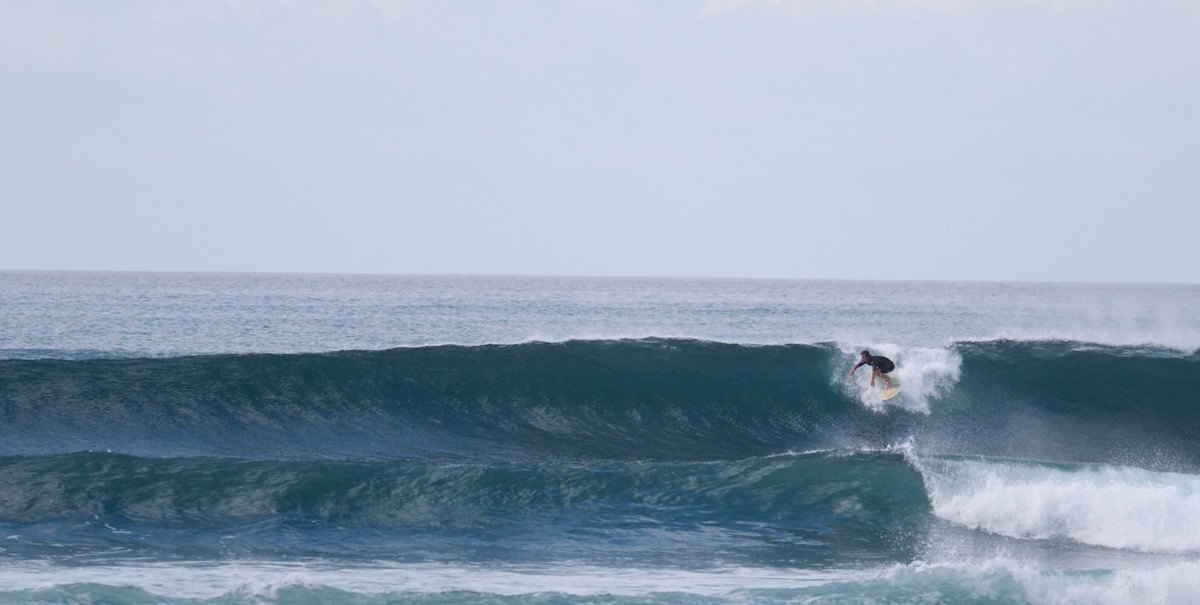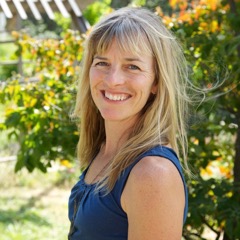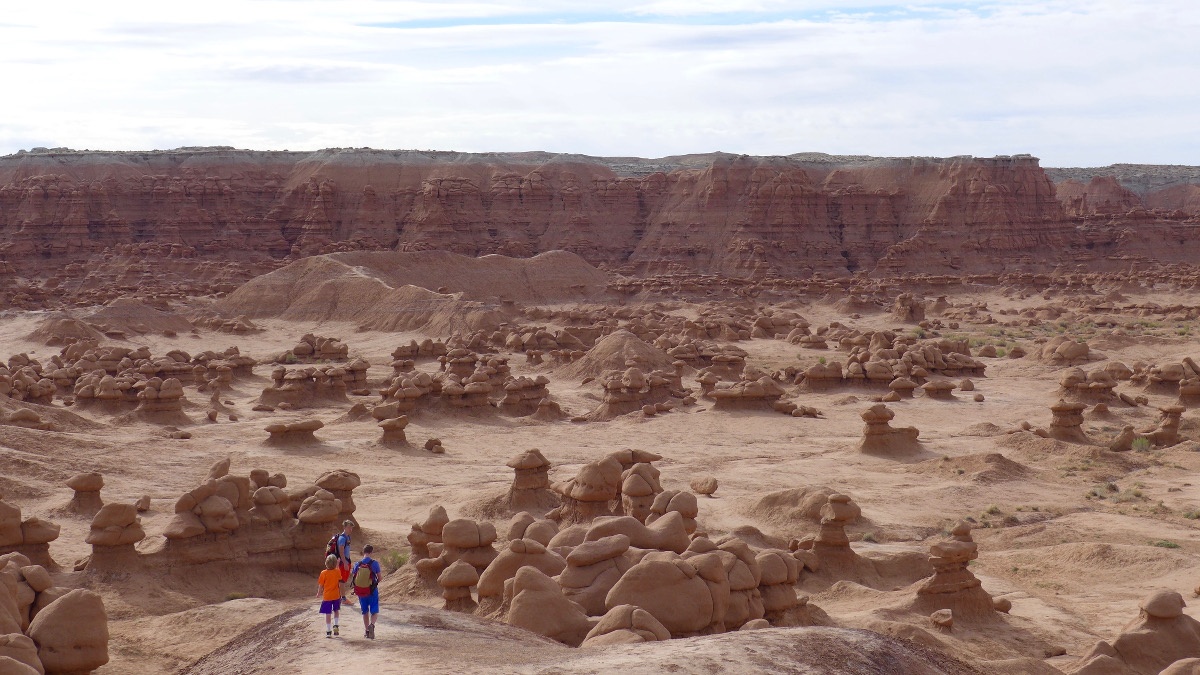
My NOLS Wilderness First Responder course made a real difference in my life—and someone else’s.
Six months after my course, I was on vacation in Baja California, Mexico, where a south swell lured my family and me to a popular beach to go surfing. At the beach, a few people were in the water, including a small group of surfers and one stand-up paddle boarder. As I paddled over a breaking wave, I saw the next one about to break with one surfer paddling over it and the stand-up paddle boarder dropping in. What happened next played out like a horrible car wreck.
As the surfer dropped in, the stand-up paddler saw her and instinctively jumped off her board. Her paddle board shot down the face of the wave and connected squarely with the surfer’s head. Another wave came through, and then I saw the surfer floating in the water near some rocks, not moving.
I shouted to the paddle boarder, offering help, and she motioned me to come over. There were a few others around me, but I was the closest and the only one who had seen what happened. I let the next set of waves come through, then paddled over.
Surveying the scene, I quickly recognized things were bad. The surfer, unconscious, had a large hole in her cheek, and a mixture of blood and foam bubbled from it. The paddle boarder was visibly upset, and only spoke Spanish. I decided that getting the injured surfer out of the crashing waves and away from the rocks was the most immediate concern. I also figured it was going to be up to me to get her to the beach, and that I could do it without endangering myself or anyone else.
The injured surfer was considerably taller and heavier than me—plus, she was unconscious and her body was limp. I took off our surf leashes and hoisted her onto the paddle board. Twice she was knocked off by waves and twice I hauled her body back onto the board. Meanwhile, the paddle boarder and other bystanders watched in shock, unable to help.

Once we reached land, another surfer helped me pull the now-blue patient onto the beach. The new arrival also didn’t speak English. In this situation, communicating with the other rescuer and taking leadership for the patient care became paramount. We ended up each taking initiative without verbal communication and found a way to work together.
I checked the patient’s airway, and then rolled her over to allow the water in her mouth and throat to expel. Next, I checked her breathing, which was very shallow—it didn't seem like she was breathing at all. Since she was bleeding and we had no way to protect ourselves from bodily substances, we decided not to do rescue breaths. Instead, we used a clean t-shirt provided by a bystander to apply pressure to the wound on her face and control the bleeding.
I continued to stabilize the patient’s head and rolled her onto her side, where she vomited up more water and foam.
The color in her face began to change and she eventually regained consciousness, but she was confused (A and O x 1) and fought our efforts to help her. She would not allow us to stabilize her head and fought our suggestions to remain lying on her back or side. We were able to identify that she had an additional injury to her collarbone but didn’t know the severity of her head trauma.
We weren’t able to complete a full patient assessment or treat her obvious injuries, so the other responder and I focused on doing our best to calm and stabilize the patient.
This felt like the right thing to do given her agitation, disorientation, and combativeness, though in hindsight I wish I'd tried a bit harder to ask her to allow us to do a more thorough head to toe assessment, vital signs and SAMPLE history. Still, having her get angry or try to move away from us was a very real possibility. We waited for the ambulance instead.
Notes from NOLS:
If there are issues you need to manage in the initial assessment (which includes ABCDE, spine protection, and assessing the level of responsiveness), you may never progress to the head-to-toe exam, vital signs, or SAMPLE history.
In this incident, the rescuer focused on moving the patient to a safe location (controlling the scene), protecting the spine (putting the patient on the paddle board), and protecting the airway (rolling the patient, controlling for blood in the airway). She then switched to psychological first aid when the patient would not allow further assessment.
About an hour after the collision, paramedics arrived, took over treatment, and whisked the surfer away. I sat on the beach alone as the adrenaline wore off and the magnitude of the incident flooded over me.
I later learned from hospital staff that the patient survived.
My WFR training allowed me to rapidly assess the situation and recognize I was the one with the skills to respond. The situation plays back in my head over and over, and I constantly re-evaluate what I did well in my response and what I could have done better.
I didn’t remember everything from my course but I remembered the important things.
And my efforts made a real difference for the patient.
- Wfr
- Wilderness First Responder
- First Aid
- Wilderness Medicine
- Rescue
- Stories
- Illness & Injuries
- Wilderness Medicine Stories
- Alumni Accomplishments
Written By
Lisa Kosglow
Lisa is the director of Let's Get Out Summer Camps and is the co-author of Kidding Around the Gorge, and Let the Kid Guide



